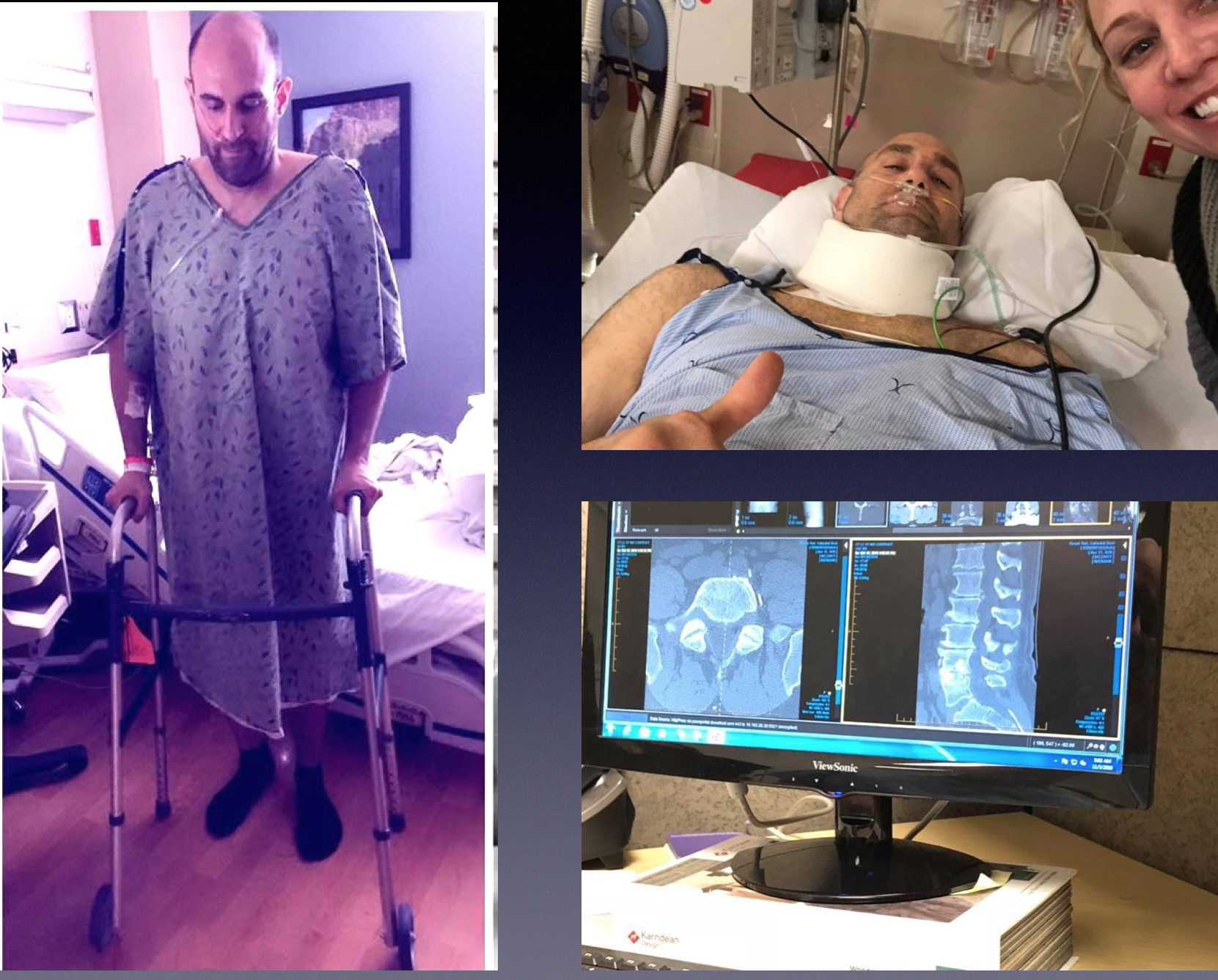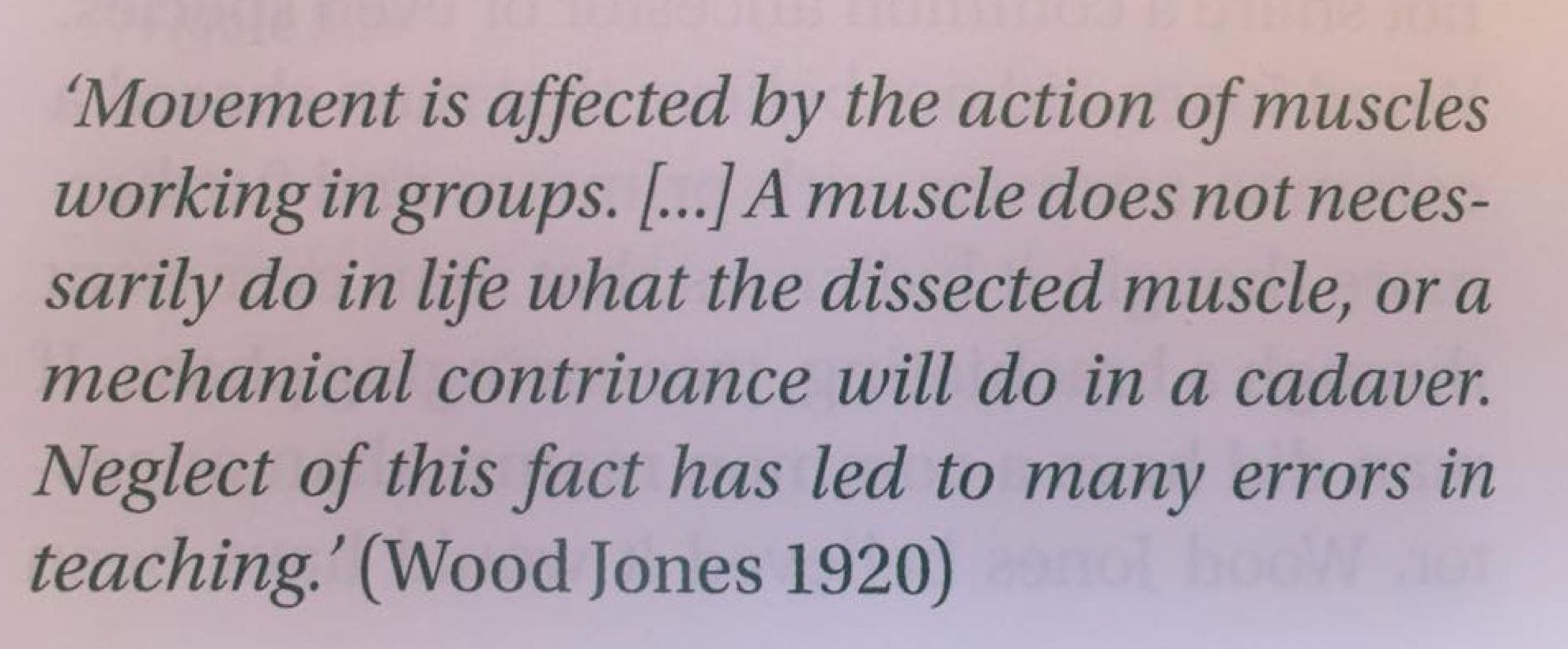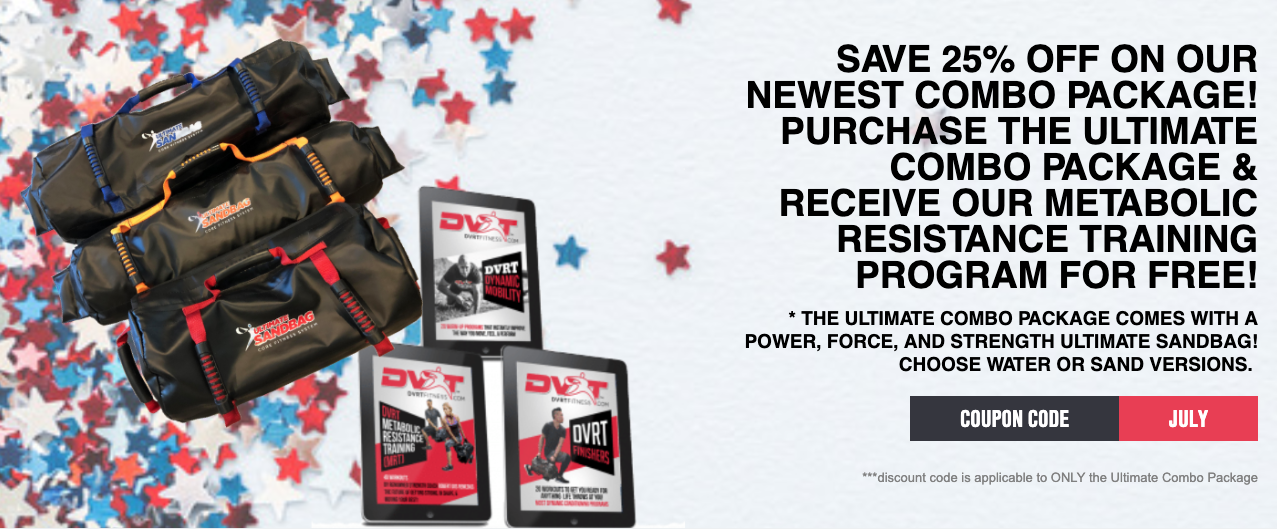Real Solutions for Better Mobility
2019-06-30
This weekend marked a pretty special time for me. It was almost like a professional dream of mine because I got to present at two big industry conferences that represented far more than just the typical ego boost from being a presenter. These teaching opportunities are things I cherish because to me, I am teaching much more than training.

Both of my presentations revolved around teaching how to help people’s mobility fast and more effectively. Yet, that wasn’t what my sessions were REALLY about. The mobility was just a way to help people understand that there are a lot of people that are hurting. Life isn’t easy for them and it is more than how much they can do in their workouts.
I share each time, the staggering numbers about the amount of people that are suffering from chronic pain. When you see such numbers it makes you step back and think is fitness really about what we do in the gym, but more so what we help people do out of it.

This becomes much more of a painful truth when I also present you with stats like 77% of people with chronic pain are depressed and that over half of those people feel helpless. That is heartbreaking and should drive those of us in the industry to want to become much better professionals.
As many of you that are following us already know, this is also a personal topic. Having a severe degenerative spinal disease, I know how stats become a reality. It is important to make numbers come to life because I think we hear these things and they don’t really resonate to many because we don’t see the real people behind them.
During my presentations I wanted to bring a face to the reality that improving mobility isn’t just about lifting more, getting in a harder high intensity session, or anything like that. For many, building better mobility is about being able to do the things in life that are truly meaningful. Because for many people losing the ability to do the little things is the biggest deals.
This was important for me to share during the weekend. I told the other fitness professionals about the fact I don’t have good or bad days. There are only less or more difficult days. Things we take for granted are much more difficult when your body is hurting and it isn’t just physical, it becomes mental as well.

Understanding these points are essential for the fitness industry because the number one reason that people don’t work out isn’t time, it isn’t access to a gym, it is because so many people believe that exercise has to hurt! When you already struggle through the day, the idea of hurting more by trying to make yourself better doesn’t seem like a reasonable solution.
It should be our goal as professionals or those helping others to show people that exercise doesn’t have to hurt, however, we have to earn that trust by actually having them experience as such. So, when I share what we do in DVRT it isn’t based just on the textbooks or the research, it is what we live and breathe in the work we have done with people in the real world. How can we make a real difference in how people move and feel?
Key #1 We Have to Connect!
This is really a topic that has two different angles. The first is we have to connect with the people. Personal training should NOT be a negative term as the personal side is how we communicate, relate, and build a partnership with the people we work with. That means not being an ass when people tell you they hurt, they are nervous, they don’t know if they can do what we are asking. This is an important opportunity to demonstrate we are listening, we care, and we are watching out for their own good.
The other side of the connection idea is connecting the actual body. While many in functional training will say isolating muscles isn’t effective in improving movement and real world strength, they will end up isolating when it comes to mobility. Our body is meant to be connected and when we have breaks in these connections is when we see some of the biggest issues in lost mobility.

How we should look at our anatomy during motion is different than the isolated we think about in classic anatomy books.
We’ve known this to be true for over 100 years, yet, we still struggle to get buy in on this concept. Largely because most people don’t know what they are trying to connect. It is like I explain in making anything better, you have to start with knowing how things work otherwise you are totally guessing!

Key #2 Hands and Feet
This weekend as I listened to some of the other presenters it was very evident to me that we are more similar than we are different. The best example was the emphasis people were making in the use of people’s feet. The barefoot idea is not new nor unique to DVRT. However, how we teach the feet really is! While most people think the key of being barefoot is just to be barefoot, the REAL purpose is to teach the feet to be more active in connecting with the ground.
It is through the feet we activate the glutes and the core. The feet are a HUGE part of solving issues with knees, low backs, shoulders, and improving our overall mobility. The idea of getting people to use their feet more is simple, getting them to do so is where the cuing and the ideas of why we put people in specific positions is so key.
While so many people focus upon the feet, they often forget about the hands. While they aren’t exactly the same, we can think of the hands as being the feet of the upper body. As with the feet, teaching people to be deliberately active with their hands will save our shoulders, make us stronger, and like our feet, will get our core to perform its best.
Key #3 Be Deliberate
It is tough nowadays, people see an exercise on social media and before they can read what or why they are doing it, they are doing the movement and reposting themselves saying how it is awesome. They never took the time to really understand the intent or the details of the exercise and while it is great that they think it is awesome because they felt sore or tired from it, that becomes a very short term solution.
Our lateral drag is a good example!
The really good drills, the really good “stuff” of functional training comes from doing the little things exceptionally well. That is why it isn’t about the exercise or even the tool, but how you are using both to create a change. As we are choosing these different DVRT movements, my goal isn’t to give you new exercises to go try, but to be really mindful of how you are using your body. If you pay attention to those little details you will see they are the major things that give you powerful results!

Coaching isn’t an easy job and it is rarely the path to financial riches. Like teaching of any sort, the reward really comes from the success we are able to achieve for others. To me, that is what makes DVRT truly unique and why we are so driven to give you a message that really matters.
Get 25% off our NEW DVRT Combo package (Power, Force, and Strength) and our top selling DVRT Metabolic Resistance Training for FREE with coupon code “july”HERE
© 2024 Ultimate Sandbag Training. Site by Jennifer Web Design.







